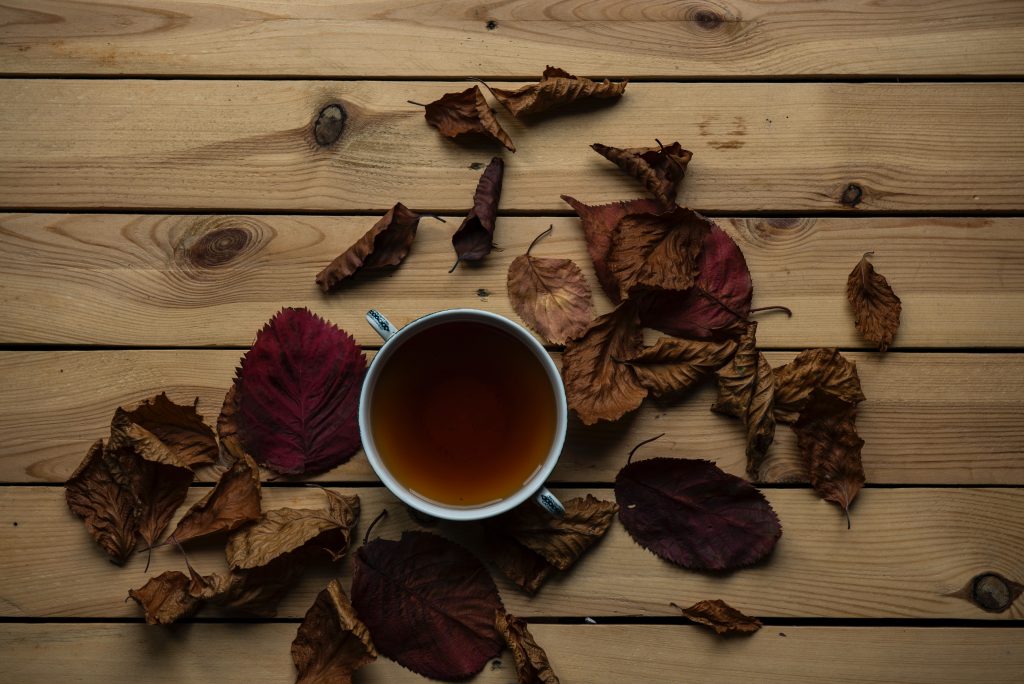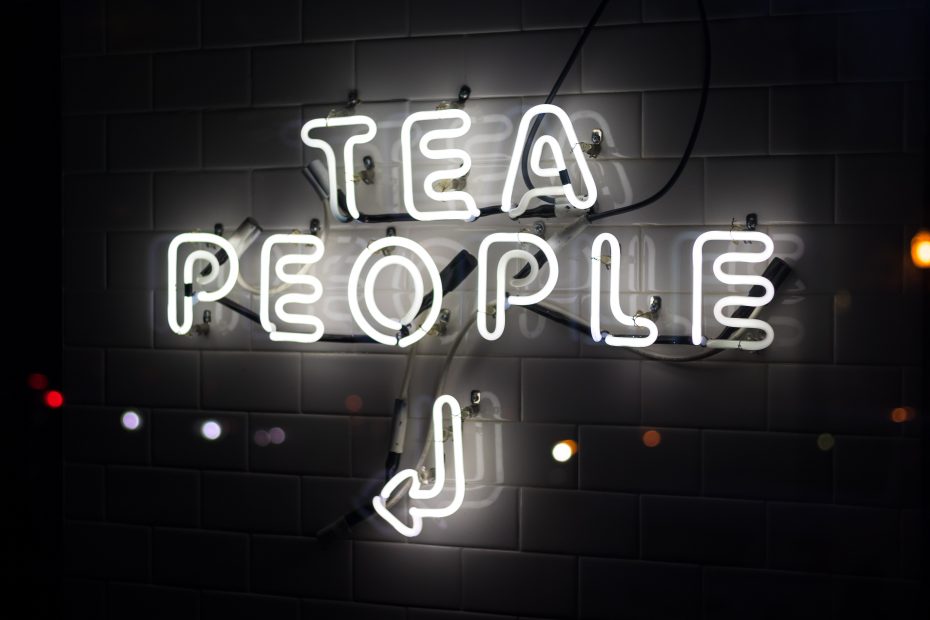False Myths About Tea: Trivia and Legends
Tea is certainly the most popular beverage in the world, second in consumption only to water. It is true to state that tea is recognized and loved everywhere in the world. Add to this the fact that tea has a history dating back thousands of years, along with which beliefs, myths, and tales have spread.
The very fact that it is the subject of a real ceremony, over time has given this beverage an aura of sacredness and ancient charm. However, many false myths about tea have also spread, which often only true enthusiasts of this beverage can recognize and dispel. These are false beliefs concerning both the characteristics of the plant and the benefits of tea, as well as how to prepare it.
False Myths About The Tea Plant
The erroneous beliefs concern not only the beverage but also the tea plant. In particular, there is a widespread belief that many people think that different varieties of tea come from different plants.
The tea leaf, however, always originates from the same plant, that is Camellia Sinensis, the source of all teas. Over the years plant varieties have indeed been selected that are more suitable for the preparation of different teas, but what determines the result is the processing and, in particular, the degree of fermentation. Green teas, for example, are teas that have not undergone a fermentation process.
False Myths About The Characteristics And Benefits of Tea
That tea is good for health is now well known: the active ingredients contained in the leaf of Camellia Sinensis Sinensis are extremely rich in flavonoids, antioxidants that slow cellular aging.
However, the characteristics and benefits of this beverage are not always entirely clear, and numerous false myths circulate about it.
Tea does not contain caffeine
Although it is often called theine by assonance with the name of tea, it is actually caffeine, just as it is in coffee, albeit in smaller amounts than the latter. All varieties of tea contain it, both green tea and black tea. However, they release it differently: black tea has an immediate release, while in green tea it is much slower, which is why you get the feeling that with black tea there is more caffeine.
The benefits of tea are reduced if you add milk or lemon
Countless health benefits are provided by the numerous antioxidants found in tea. The addition of lemon, due to its citric acid content, does not hinder its action; on the contrary, it allows for better absorption. Recent studies would have shown that even the addition of milk does not interfere with the beneficial activity of tea.
Hot tea has greater benefits than iced tea
It’s a pleasure to sip hot tea, especially on chilly winter days. However, this does not imply that cold tea lacks the same active components as hot tea. Correct cold brewing yields advantages comparable to those of hot tea.
Tea causes constipation
In reality, tea has a function in regulating intestinal flora such that it prevents intestinal infections and fights diarrhea-perhaps this is why its effects have been confused and the idea that it causes constipation has been widespread. Some varieties protect the liver and aid digestion by promoting liver metabolic activity and intestinal passage.
Water for infusion at a hundred degrees
Even in the preparation of tea and the use of utensils, there can be mistaken beliefs. In this case, the risk is of preparation that does not respect the organoleptic characteristics of the leaf and can result in a dull beverage, as well as one that is less rich in beneficial nutrients
Organic tea is of superior quality
Over the past two decades, the demand for organic tea has risen and knows no recession. But is organic tea always good for the environment? No. As with any product, organic certification is just a label, and a large number of large plantations cash in on funds earmarked for organic cultivation while still pursuing practices that are not environmentally sustainable. Even if a company is 100 percent organic, its nearby competitors may not be, and if a farmer makes extensive use of chemical fertilizers and pesticides on his tea plantations, these are likely to spread to organic crops as well.
Organic tea does not necessarily mean that it tastes better than conventionally grown tea. Until relatively recently, the taste of many organically grown teas was worse than conventionally grown teas. Today, however, organic tea production is improving. If taste is the major discriminator, I don’t think you need to rank the best organic leaves. And if your biggest concern is the environmental impact and quality of your tea, many more considerations should be made that a simple organic certification could not legitimize. As always, the best solution is to buy tea from trusted suppliers who themselves have purchased from virtuous producers.
Green tea is “better” than other teas
It is a commonplace that many people who start drinking tea for its supposed health benefits choose green tea. Green tea’s low caffeine level and excellent antioxidant potential are among the most frequently cited arguments in its favor. We have already criticized the first claim, objecting that some green teas may have the same amount of caffeine as other teas. As for antioxidants, well, yes, due to its low oxidation, White tea and oolongs don’t have as many antioxidants as green tea (yet lightly oxidized white teas can have much higher levels!). It is much less clear to what extent these antioxidants act on our bodies when we drink tea, and the scientific community is divided on the real benefits of drinking green tea regularly.
This is not to say that there are no advantages, but it is ridiculous to assert that it is a miracle treatment for anything from cancer to allergies. Being skeptical is sometimes the best attitude. It is also questionable that green tea is the only kind of tea that makes you feel good.
These myths need to be dispelled as the Western world learns more about the tea’s hidden benefits. For now, it is good to remember: no rule can replace a mind predisposed to play with food or, in this case, tea.
False myths about tea preparation and tools
Even in the preparation of tea and the use of tools, there can be mistaken beliefs. In this case, the risk is of preparation that does not respect the organoleptic characteristics of the leaf and can result in a dull drink, as well as one that is less rich in beneficial nutrients.
Bagged tea is better than loose tea
Without a doubt, bagged tea is much more popular than loose tea for both convenience and economic reasons. This does not mean, however, that the quality is also as good.
First of all, the bag forces the tea to stay in a very limited space and cannot expand sufficiently: therefore, the leaf effluvia is not fully released during infusion.
In addition, often the leaves used are waste leaves, and the overall quality of the beverage cannot reach that of tea made from loose leaves.
Cold brew tea is prepared in the same way as hot tea
Cold brewing is a special preparation that is different from that of hot tea. If hot tea is then allowed to cool, it loses its organoleptic qualities.
Cold infusion, on the other hand, involves the tea leaves being steeped in cold water and left for a few hours so that the infusion can take place properly.
Boiling water “burns” delicate teas
An all-Western practice would have it that black teas should be infused in boiling water while “delicate” teas, green and white, need, on the contrary, “colder” water, usually around 60-75°, so as not to irreparably spoil its pleasantly light aroma and turn antioxidants into harmful neurotoxins.
All in all, this is not wrong. Hot but not boiling water is poured over green tea so as not to destroy the substances and aroma. But not all green or white teas are infused in the same way; their variety is so wide that some green and white teas can be infused in boiling water like black teas. It is always a good idea to adapt the temperature of the water used for infusion to the type of tea.
Black tea needs a longer time than green tea
Black tea needs a longer time than green tea. The same people who say that boiling water should never be poured over green tea also usually tend to give indications of the time it takes to brew a good tea. Not a minute more, not a minute less. Infusion times range from two to three minutes for green and white teas, to five for black teas. Such directions often do not take into account the size of the leaf, and the amount of water needed for a precise amount of tea. The best solution? Rely on your taste. Placing unconditional trust in the clock rarely works in tea brewing.
The British invented the tea bag
The invention is all American. Around 1908, merchant Thomas Sullivan began sending tea samples to customers in small silk bags. Some of them thought of using them in the same way as metal infusers, putting the whole bag in the cup without emptying the contents instead.

